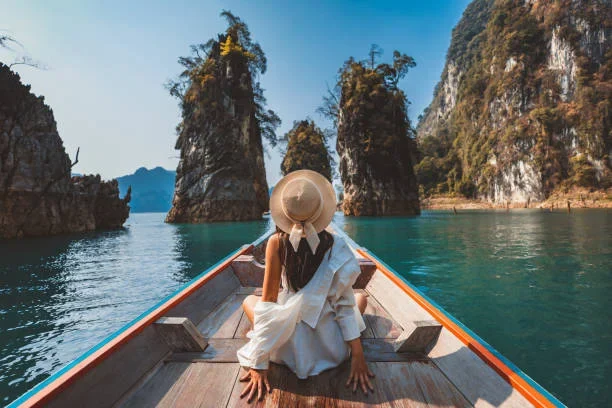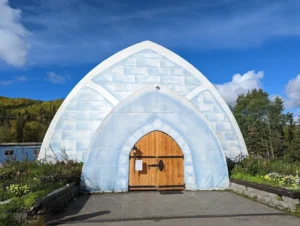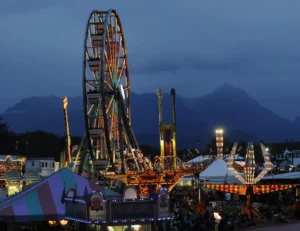Alaska’s tourism industry plays a significant role in the state’s economy, contributing billions in revenue and supporting thousands of jobs. Adventure tourism, including wildlife experiences, cruises, the Northern Lights, and ecotourism, is a key driver of this economic impact. However, the industry faces sustainability challenges, such as over-tourism, environmental concerns, and the effects of climate change.
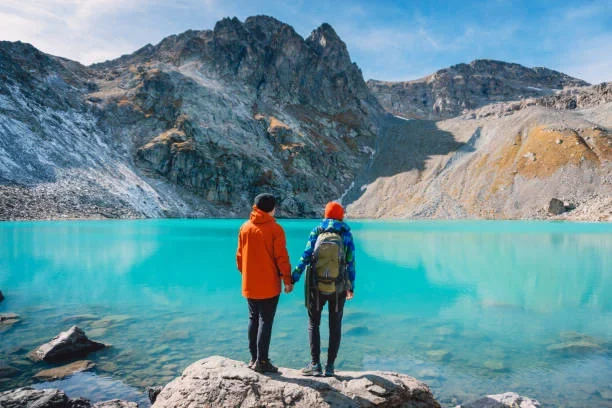
Table of Contents
This case study provides an in-depth analysis of Alaska’s adventure tourism, highlighting its economic significance, current trends, and challenges, while exploring its future outlook in an evolving global tourism landscape.
Industry Overview
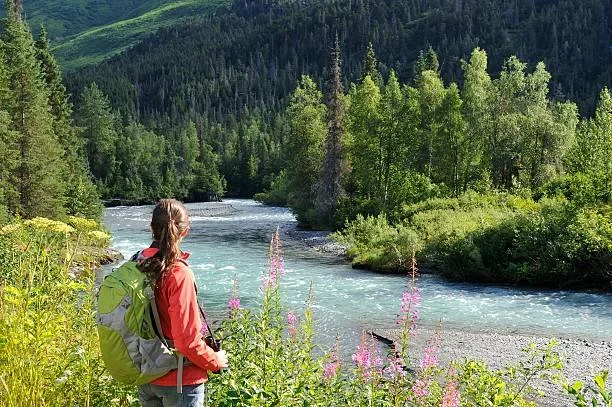
Brief History of Tourism in Alaska
Tourism in Alaska dates back to the mid-20th century when the rise of cruise tourism brought the state’s wilderness to the attention of the world. The development of national parks like Denali and the establishment of the Alaska Marine Highway System were pivotal moments that helped to shape the tourism landscape. Since then, Alaska has solidified its position as a top destination for adventure and nature tourism.
Alaska’s Position in the U.S. and Global Adventure Travel Market
Alaska has emerged as one of the leading adventure tourism destinations in the U.S., offering unique experiences in its vast wilderness. Globally, it ranks high among top eco-tourism and adventure destinations, attracting visitors seeking pristine landscapes, wildlife, and cultural experiences.
Key Stats
In 2024, Alaska’s tourism industry experienced significant growth. Over 3 million visitors came to Alaska between May 2023 and April 2024. This influx of tourists significantly contributes to the state’s economy, with tourism generating substantial revenue and supporting a diverse range of jobs. The industry directly provides employment opportunities in sectors such as hospitality, transportation, and tour services. Additionally, cruise tourism remains a key component, with a large number of cruise ships arriving annually, operated by major companies like Princess Cruises, Holland America, and Royal Caribbean. These factors collectively underscore the vital role of tourism in Alaska’s economic landscape
Adventure Travel Segments
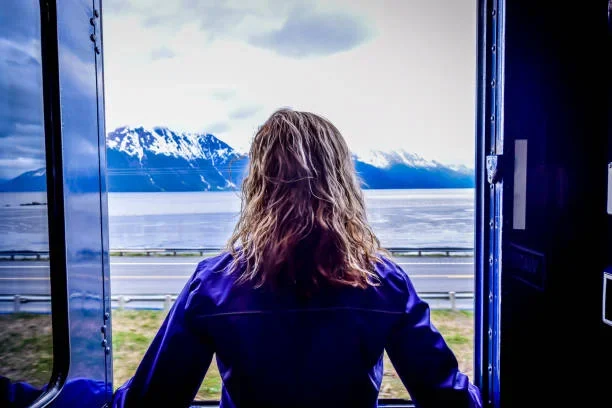
1. Cruise Tourism
- Common Entry Points: Southeast Alaska, particularly Juneau, Ketchikan, and Skagway, serve as major entry points for cruise passengers.
- Seasonal Trends: Cruise traffic peaks between May and September, with a strong focus on scenic coastal regions and wildlife.
- Economic Benefits: Cruises contribute over $500 million annually, supporting the local economy through passenger spending on excursions, dining, and shopping.
- Environmental Impact: Large cruise ships are a source of concern due to their emissions, waste, and the disruption of wildlife habitats, prompting calls for more sustainable practices and cruise regulations.

2. Wildlife and Nature Tours
- Bear Viewing: Katmai National Park and Kodiak Island are popular locations for bear watching, drawing nature enthusiasts from around the world.
- Whale Watching: Destinations like Kenai Fjords and the Inside Passage offer incredible opportunities to view humpback whales, orcas, and other marine life.
- Birding and Eco-Tours: Alaska is a prime destination for bird watchers and eco-tourists, with several parks offering guided tours that emphasize sustainability and nature conservation.
- Indigenous Cultural Tourism: The tourism industry also showcases indigenous cultures through partnerships with Native Alaskan tribes, promoting cultural exchange and heritage preservation.
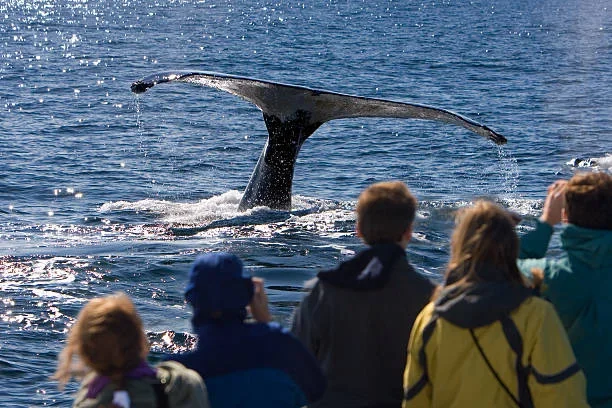
3. Northern Lights & Winter Tourism
- Best Regions: Fairbanks and Denali National Park are known for offering some of the best Northern Lights viewing opportunities in the world.
- Growth in Winter Adventure Tourism: Winter tourism has experienced significant growth, with activities such as snowshoeing, skiing, and dog sledding becoming increasingly popular.
- Lodges and Guided Tours: Specialty lodges, particularly those focusing on eco-tourism and sustainability, have emerged to cater to this niche market, while photography tours capture the allure of Alaska’s winter landscapes.
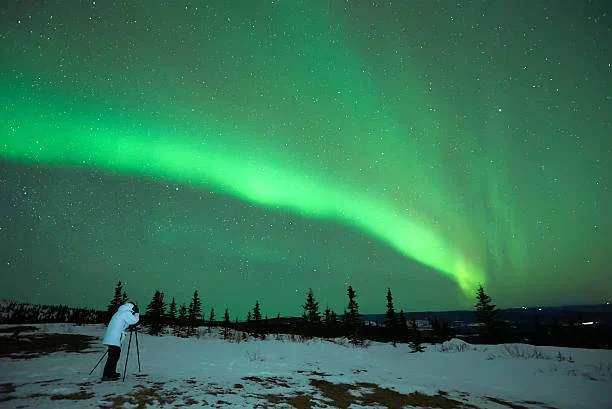
Key Business Case Examples
Hurtigruten Expeditions (Cruise Example)
- Offerings: Hurtigruten’s sustainable cruises provide guests with eco-friendly expedition experiences that emphasize minimizing environmental impact.
- Growth & Innovation: Hurtigruten has introduced carbon-offset programs and zero-waste practices across its fleet, ensuring that its cruises have minimal environmental footprints.
- Economic & Community Impact: By supporting sustainable tourism, Hurtigruten has contributed to local economies, particularly in remote coastal towns, while providing jobs and supporting small-scale indigenous operators.

Alaska Wildlife Adventures (Wildlife Tour Operator)
- Offerings: This company offers guided bear-viewing tours and wildlife safaris across Alaska, emphasizing responsible tourism.
- Sustainability & Cultural Integration: Alaska Wildlife Adventures integrates sustainable practices and partners with indigenous communities to ensure their tours promote environmental conservation and cultural awareness.
- Economic Impact: The company generates significant revenue for local communities by offering specialized tours that attract international tourists.
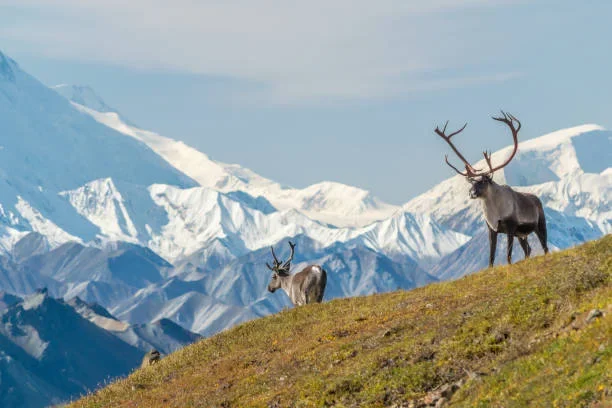
Challenges & Sustainability Issues
Over-Tourism
Regions like Juneau and Ketchikan experience overwhelming cruise traffic, particularly during peak season. The influx of tourists creates strain on local infrastructure, leading to congestion and resource depletion.
Environmental Concerns
Tourism’s environmental footprint is a major concern, particularly with cruise ships, which contribute to carbon emissions and marine pollution. Wildlife disruption is also a significant issue as tourists come into closer contact with natural habitats.
Climate Change
Melting glaciers, altered migration patterns, and changes in wildlife habitats due to global warming are threatening the natural attractions that Alaska is famous for, such as glaciers, wildlife viewing, and the Northern Lights.
Cultural Commodification
The commercialization of Native Alaskan culture for tourism purposes raises concerns about the authenticity of cultural experiences and the commodification of sacred traditions.
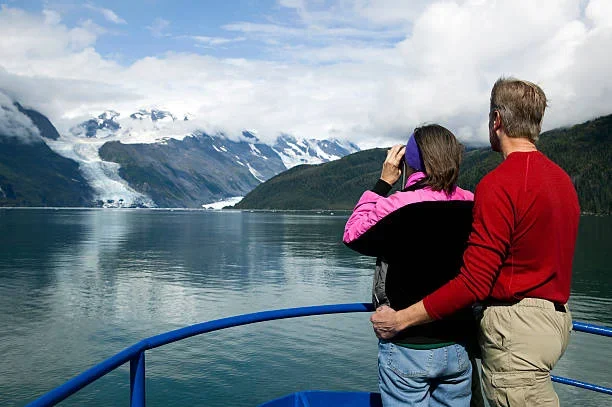
Post-Pandemic Recovery & Market Trends
- Rebound After COVID-19: In 2021 and 2023, visitor numbers saw a sharp rebound, with tourism figures gradually returning to pre-pandemic levels.
- Visitor Numbers Comparison: In 2019, Alaska hosted 2.2 million visitors, which dropped to 1.1 million in 2021. By 2023, numbers began climbing back to 1.8 million, with forecasts for 2025 showing continued recovery.
- Rise of Eco-Conscious Travelers: There has been a notable rise in travelers seeking small-group tours and eco-friendly experiences, including self-guided hiking trips and wilderness retreats.
- Influencer & Social Media Tourism: Platforms like Instagram have significantly boosted Alaska’s visibility, with influencers showcasing the state’s beauty to millions of followers, spurring tourism demand.

Emerging Trends
- Glamping & Luxury Wilderness Retreats: The rise of “glamping” and eco-luxury accommodations offers a high-end alternative to traditional camping, catering to upscale travelers looking for adventure with comfort.
- Self-Guided RV Tours: Travelers seeking flexibility and privacy are increasingly opting for RV rentals to explore Alaska’s vast wilderness.
- Adventure Packages: Combining kayaking, hiking, fishing, and camping has become a popular trend, allowing travelers to enjoy a variety of activities in one trip.

Government & Policy Support
- Alaska Travel Industry Association (ATIA): The ATIA plays a central role in promoting sustainable tourism through advocacy and education, focusing on preserving Alaska’s natural and cultural assets.
- National Parks Service: Collaboration with the National Parks Service ensures that tourism activities in protected areas are conducted responsibly, minimizing environmental impact.
- Visa/Entry Policy: Recent updates to tourism policies have made it easier for international tourists to visit Alaska, providing incentives for cultural exchange and travel growth.
- Sustainability Programs: The state supports sustainability certifications, encouraging tour operators to adopt responsible travel practices.
Future Outlook
- Projected Growth by 2030: Alaska’s tourism industry is expected to see a 20% growth by 2030, driven by rising demand for eco-tourism and adventure experiences.
- Digital & Tech Trends: The future of tourism in Alaska will be shaped by the integration of augmented reality (AR) for virtual previews and the development of online booking platforms that cater to adventure travel enthusiasts.
- Off-Season Tourism: With more people seeking winter sports and Northern Lights viewing, off-season tourism (winter months) is expected to grow significantly.
Calls for Regulation:
There is growing advocacy for cruise ship regulation to control the number of vessels in the state, as well as calls to limit cruise ship traffic to reduce environmental impact.

Key Takeaways / Lessons
- Economic Opportunity vs. Environmental Vulnerability: Alaska faces a delicate balance between fostering economic growth from tourism while protecting its fragile ecosystems.
- Opportunities in Eco-Tourism: Entrepreneurs can capitalize on the growing eco-tourism trend by developing sustainable lodging, nature experiences, and culturally immersive tours.
- Long-Term Planning: Community involvement in tourism planning is crucial for balancing development with preservation of Alaska’s natural and cultural heritage.
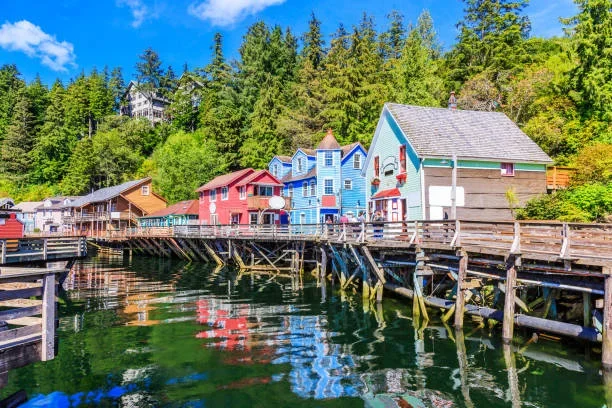
Conclusion
This case study on Alaska’s adventure tourism comprehensively looks at the sector’s growth, challenges, and prospects. By integrating statistical data, trends, and examples from key operators, it provides an analytical, data-driven perspective on how Alaska can navigate the complexities of tourism development while ensuring sustainability for future generations.





